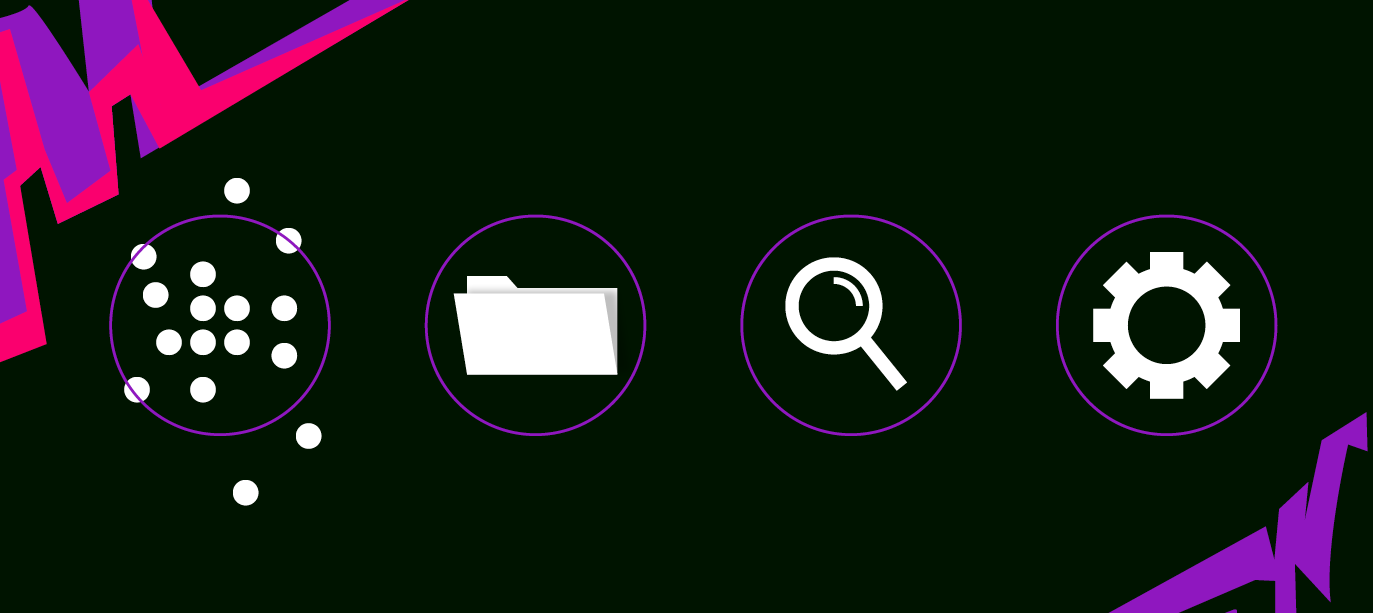
Written by Amy Leff
This guide is for the people running high-volume hiring who’ve seen fraud slip through the cracks and know they can’t just cross their fingers and hope it stops.
Fraud is a constant (and often complicated) threat, but with the right data management strategy, you can be confident in your decisions. Your data is the most powerful tool in your fight against fraud—we’ll show you how to make sure you’re using it to its full potential.
1. Collecting Fraud Data for a Solid Foundation
Data is the new oil, as they say. But like crude oil, fraud data in its raw form isn’t much use. It needs refining before it can help you stop fraud in its tracks. Refining fraud data means collecting, organizing, and consolidating it so you can spot patterns, find vulnerabilities, and make informed decisions.
If you aren’t sure where to start, here are three types of data you should focus on:
- User Incident Reports: See a snapshot of potential fraud in real time with direct insights from users. Responding to individual reports is important, but tracking overall trends is critical for fraud detection at scale.
- Fraud Investigation Results: Look at the outcomes from past investigations. Fraudsters love to reuse tactics. By analyzing old cases, you can learn what worked (or didn’t) in detecting fraud and apply that knowledge to future cases.
- Anomaly Detection: Use technology to flag irregular behavior. Spotting anomalies early can be the difference between catching fraud before it snowballs. For example, manual reviews might highlight unexpected signals like a sudden surge in unusual transactions. Once spotted and validated, these should feed into your automated detection systems.
Pro Tip: As you manually dig into investigations, you’ll find fraud signals that your detection systems can’t pick up on yet. Feed those into your detection tools to make them smarter over time.
2. Organizing and Refining Fraud Data
Collecting data is one thing; making sense of it is another. You need to organize and refine your data if you want it to be useful. In the early stages, you might rely on a basic spreadsheet—it sounds old-school, but when you’re starting out, it gives you a close look at the data and helps you build a strong foundation.
Once you’ve mastered the basics, you can start scaling up and automating your data collection. This is where dashboards and automated tools come into play. Automation is great for monitoring real-time fraud activity and scaling as your business grows.
Develop a Fraud Taxonomy
Think of your fraud taxonomy as a menu for classifying fraud types. Just like a restaurant menu groups items as appetizers, entrees, or desserts – you’ll want to group types of fraud into different buckets with clear labels. This gets you organized.
Organized data is more useful because it helps you understand how different types of fraud occur, track trends over time, and prioritize what needs attention first.
Here’s how to build an effective fraud taxonomy:
- Keep it Unified: Your taxonomy should align with internal processes and external policies. This keeps everything streamlined and avoids confusion.
- Don’t Start from Scratch: Check out what other platforms are doing. Learn from their successes and failures to avoid wasting time reinventing the wheel.
- Use Plain Language: Avoid jargon and complicated terms. The more straightforward your labels are, the easier it will be for your teams (and even customers) to understand and act on fraud reports.
And remember, your fraud taxonomy will need to evolve as new threats emerge. Keep it flexible enough to adapt to the latest scams and new product features.
3. Analyzing Fraud Data for Actionable Insights
Once your data is collected and organized, it’s time to analyze it and figure out what it’s telling you. This is where the magic happens—good analysis turns mountains of raw data into clear insights.
Prioritizing Threats
You’re not going to be able to fight every fraud event all at once, so prioritize the biggest threats first. The Severity x Frequency framework is a classic tool for prioritizing fraud. It helps you focus on fraud risks based on how often they happen and how damaging they are to your users or company.
For example: If credit card fraud is happening every day and draining your revenue, that’s something you want to hit hard and fast. But less frequent fraud types that don’t have as much of an impact? They might get less attention—at least for now.
Tracking Metrics and KPIs
Metrics are your fraud prevention program’s dashboard. They show you how well your defenses are holding up. To track fraud effectively, you’ll need a set of fraud-specific KPIs that are aligned with your company’s overall risk tolerance.
Focus on:
- Incident Frequency: How often is fraud happening? Are you seeing patterns in timing or volume?
- Detection Rates: Are your detection tools catching fraud effectively? Or are things slipping through the cracks?
- Financial Impact: What is the cost of fraud? Are you seeing more or less loss over time? Track this to see how well your program is working. Bonus points if you can calculate the ROI of your risk management team, which helps quantify the business impact of anti-fraud efforts.
As your company grows, fraud risks will grow too. So don’t just look at the volume of fraud events. These will scale up as your company does. Be sure to look at fraud rates relative to the size of your business, so you get a true sense of how well you’re managing the relative risk.
4. Leveraging Data to Build an Adaptive Fraud Strategy
Fraud is always changing. Today’s scam could be old news tomorrow. That’s why your fraud strategy needs to be flexible enough to adapt to new threats. The key to staying ahead of fraudsters is analyzing both leading and lagging indicators.
- Leading Indicators: These are early signs that fraud could be on the rise. For instance, a sudden increase in customer complaints might signal that fraudsters are trying a new tactic. Keeping an eye on these indicators helps you prevent fraud before it gets out of control.
- Lagging Indicators: These tell you how well your fraud prevention efforts have worked in the past. Reviewing past fraud incidents can reveal weaknesses in your system, helping you adjust your strategy for the future.
Every fraud event is a learning opportunity. Go over each case, figure out what went wrong, and find ways to prevent it from happening again.
Fraudsters are persistent, but if you keep refining your strategy based on what your data tell you, you’ll stay ahead of the curve.

About the Author
Amy Leff
Amy Leff is currently serving as an Assistant Professor of Practice at the University of Texas at Austin’s LBJ School of Public Affairs and as a member of Yardstik’s Board of Advisors. Her journey includes leadership roles building Trust & Safety teams in marketplaces and high-growth startups like Instawork and Medely, where she led policy development, safety investigations, fraud prevention, and risk management.
